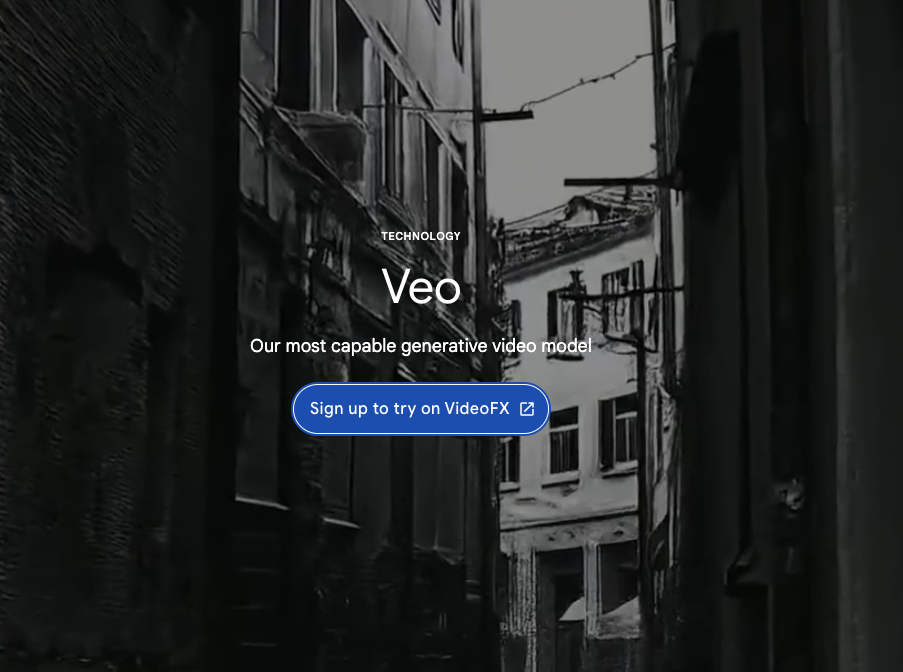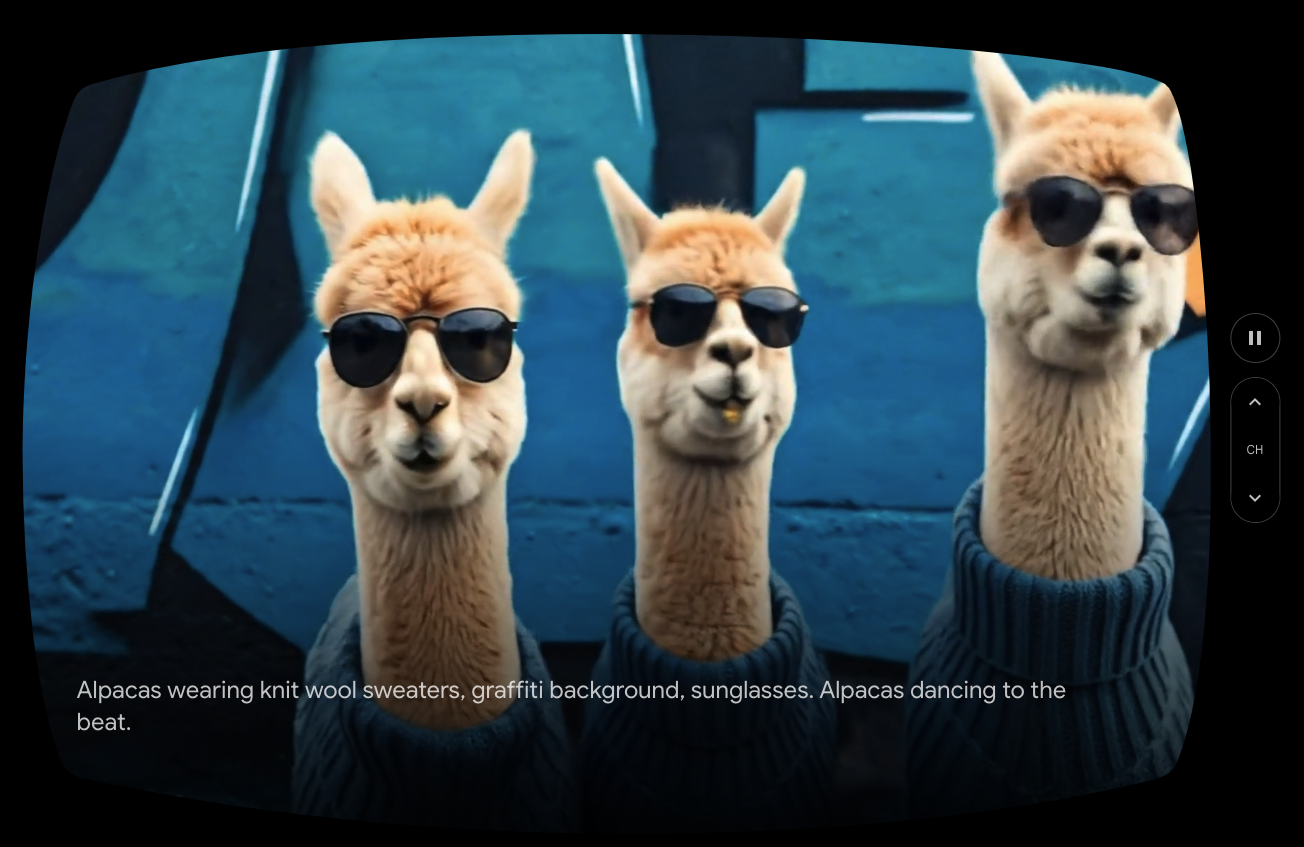In a world where artificial intelligence is reshaping entire industries, Google is preparing its next big move with Google VEO, an innovative AI platform for video. While Microsoft, in collaboration with OpenAI, has established a dominant leadership in text AI with ChatGPT, Google aims to lead in the video realm using its vast ecosystem and advanced technological capability.

Microsoft's dominance in text AI
Microsoft has consolidated its position in text AI thanks to its partnership with OpenAI. ChatGPT , a language model developed by OpenAI, has revolutionized the way we interact with technology, providing accurate and contextually relevant answers across a wide range of applications. This alliance has allowed Microsoft to integrate ChatGPT into its products and services, such as Azure, which has strengthened its offering in the AI market and left competitors, including Google, looking for new areas of dominance.
Google is no stranger to disruptive innovation. YouTube, owned by Google, is the largest and most popular video platform in the world. With Google VEO, the company seeks to apply its expertise in video and its power in artificial intelligence to create a platform that transforms how video content is analyzed, processed, and used. Google VEO will use advanced AI models, such as Gemini, to simultaneously analyze and understand text, images, audio, and video. This will allow the platform to process large volumes of information and provide detailed insights that were not possible before.
Just as YouTube revolutionized video distribution, Google VEO will optimize the way videos are used in different sectors, from education to marketing to digital content creation. With a capacity to handle up to one million tokens, Google VEO can efficiently process and contextualize information, providing a significant advantage in terms of analytics and performance.
The introduction of Google VEO represents an ambitious initiative by Google to expand its leadership in AI, focusing on video analytics and optimization. With the ability to understand and process large volumes of multimodal data, Google VEO could become an essential tool for businesses looking to get the most out of their video content. Not only will this platform improve the efficiency and effectiveness of video applications, but it could also open up new possibilities for innovation in diverse industries.
While Microsoft maintains its leadership in text AI, Google VEO has the potential to establish Google as the undisputed leader in artificial intelligence for video, once again revolutionizing the way we consume and use multimedia content.
At Proportione, we believe that Google VEO's impact on the market will be significant, and we will closely monitor these developments to provide up-to-date analysis and opinions on how these technologies are changing the business landscape.

Google Veo Vs ChatGPT Sora
OpenAI and Google have developed advanced tools for generating videos using artificial intelligence, known as Sora and Veo, respectively. Both platforms use deep neural networks and machine learning techniques to create audiovisual content, but they have notable differences in terms of approach, capabilities, and features.
OpenAI Sora It stands out for its ability to generate highly personalized videos from detailed textual descriptions. Sora uses advanced language models to understand and transform written instructions into coherent and visually appealing video sequences. Its focus is on creativity and customization, allowing users to adjust specific parameters for results more aligned with their needs. The platform is especially useful for content creators, filmmakers, and advertisers looking to generate unique and personalized videos without the need for advanced technical skills in video editing.
Google Veo, on the other hand, places a strong emphasis on automation and efficiency. It uses artificial intelligence algorithms to analyze large volumes of visual and audio data, enabling the rapid creation of videos from a combination of pre-existing images, video clips, and sounds. Veo is designed to facilitate video production in business and marketing environments, where speed and consistency are crucial. Its integration with other Google tools and services, such as Google Cloud and Google Photos, allows for greater ease of use and accessibility for business users.
In terms of underlying technology, both use deep learning techniques, but Sora focuses more on creative and narrative generation, while Veo optimizes efficiency and integration into pre-existing workflows. Sora users can expect more control over the specific details of the videos generated, while Veo users benefit from faster and more automated content creation.
In summary, while OpenAI Sora is ideal for those looking to create highly personalized and detailed content, Google Veo is best suited to business and marketing needs where speed and integration with other tools are paramount.
